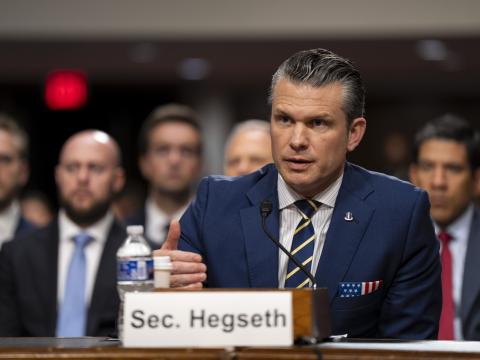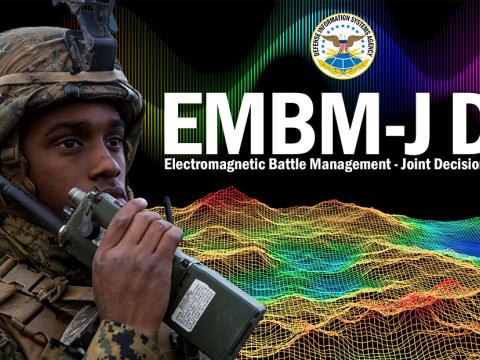AFRICOM: A Two-In-One Command
AFRICOM sets a new standard for combatant commands by featuring a two-pronged approach to continent-wide mission goals.
The Defense Department's newest player on the block, U.S. Africa Command, has quickly established itself as a go-getter among the nine other unified commands. While other combatant commands (COCOMs) have only one deputy commander and one specific mission, AFRICOM is structured with a commander directing two deputies. They address dual areas of responsibility: the African continent's civil-military activities and its military operations.
Executive Editor Maryann Lawlor illuminates the mission and varied goals of AFRICOM in her article "Africa Command Revamps Multinational, Interagency Cooperation Strategies," featured in this month's SIGNAL Magazine.
The Defense Department created AFRICOM for two reasons. First, its leaders recognized the growing strategic importance of "all things related to Africa." Second, they realized that the department's previous organizational structure-three COCOMs responsible for the continent-was neither efficient nor effective for military-to-military relations with its African partners.
AFRICOM's deputy for military operations, Vice Adm. Robert T. Moeller, USN, is confident this new structuring will successfully serve all involved parties:
Now, the needs, concerns and priorities of the African nations are not only our lone priority, they are our number one priority. With the establishment of the command, we are now in a position to do that. We are totally focused on what matters to them.Most of the COCOMs have been positioning themselves to work with other government agencies, but AFRICOM made that commitment from the outset. Almost half of its nearly 1,300 command personnel are civilian Defense Department employees, along with representatives from other federal government departments. As a new command, AFRICOM takes advantage of the latest technology advances, such as small and lightweight deployable satellite interfaces. These connections provide enough signal and bandwidth for communications from Stuttgart all the way to command members and partners in Africa, Europe and the United States. AFRICOM aims at remaining state of the art by evaluating new ways to extend its capabilities to enhance verbal, written and electronic information sharing. Its greatest technical challenge is communicating over long distances in a region without an adequately mature infrastructure. The command's C4S team must develop ways to integrate legacy systems and basic technologies with new capabilities. The command also faces the obstacle of incompatible equipment. Interoperability is the ultimate tool that will enable collaboration among African counterparts and numerous government agencies that support the mission in Africa. The results from this endeavor are long-term economic development in African nations, along with crucial military security.




Comments